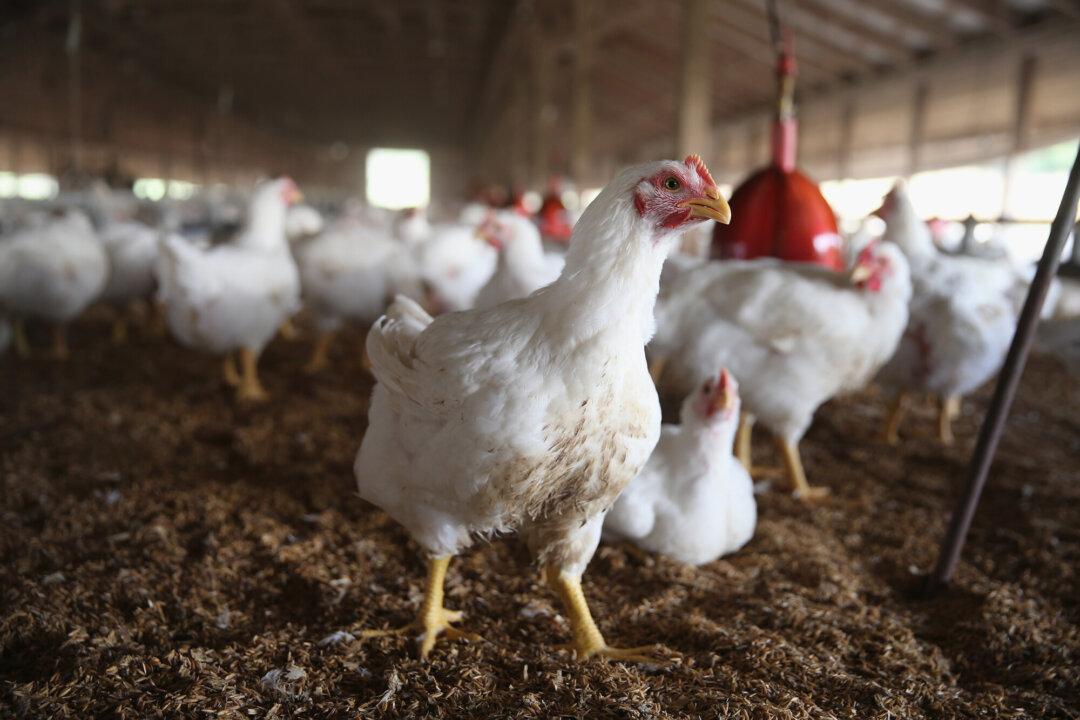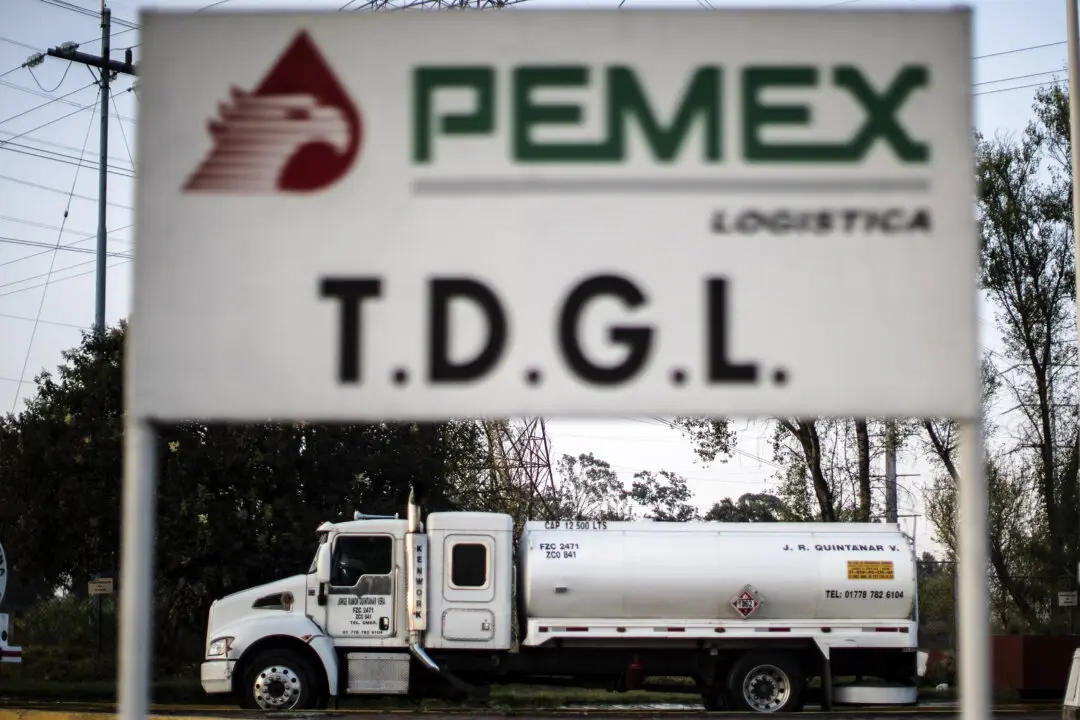An agency of the U.S. Department of Agriculture (USDA) unveiled a proposed policy on Monday aimed at reducing salmonella contamination from raw poultry products.
The Food Safety and Inspection Service (FSIS) seeks to prevent raw chicken carcasses, chicken parts, ground chicken, and ground turkey products from having any type of salmonella that is at or exceeds the 10 colony forming units per gram/ml level, according to a July 29 USDA statement.





